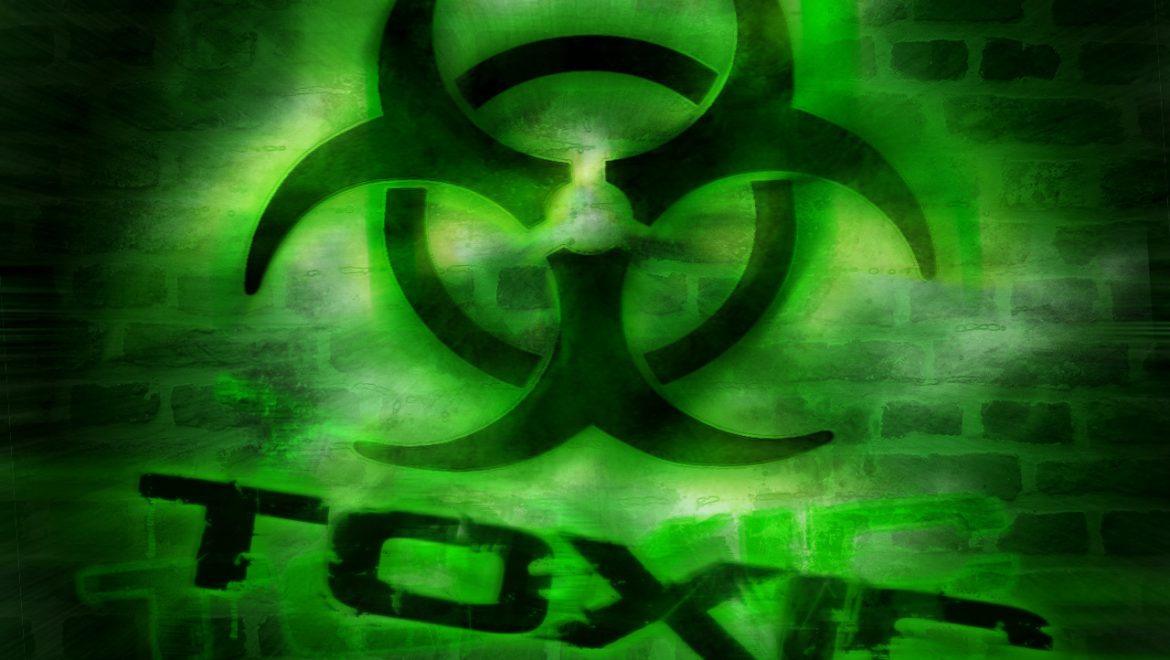
In this article, Lisa Rose, a Nutritional Therapy Practitioner, outlines some of the health and environmental issues associated with burning candles in the home, and then offers safe, healthy alternatives for Shabbat use. Relevant to those who are passionate about natural health, sustainability and the environment, this article comes from Real Food Kosher, a compilation of the author’s favorite kosher recipes, kitchen tips, and healthy living resources.
Are Your Shabbat Candles Toxic?
Are your Shabbat candles contributing to indoor air pollution?
I strive to create a healthy home environment for my family that includes being careful about the foods we eat and also what we are exposed to in our cleaning products and body care and other home products.
So I’ve gotten rid of those pretty smelly candles long ago (anything with added “fragrance” can contain over hundreds of chemicals with little to no regulation). But never really thought about the candles I was burning every week before Shabbat and holidays.
But a few months ago my husband and I noticed a not so clean smell from the burning candles – something we never paid attention to before. That was the last time I used those candles for shabbat. We’re fortunate to have some great clean alternatives easily available to switch over your candles to non-toxic alternatives.
Issues with Conventional Candles
Lead wicks: Lead wicks were banned in 2003 in the United States, but may still be used in imported candles. (Metal wicks in the United States use zinc or tin).
Paraffin wax: Most candles today are made from paraffin wax, a petroleum based byproduct that can emit toxins into the air. Read about this study were researches found that burning paraffin wax emitted toxic chemicals like toluene and benzene. There may also be issues with dioxins being released because of the bleaching process of the paraffin wax.
Fragrance. I know most families are not buying scented Shabbat candles, but be aware that aromatherapy candles containing fragrance can be releasing toxins into the air. (My favorite replacement for those is an essential oil diffuser and only use 100% pure essential oils).
Solutions
Look for non-toxic candle alternatives. And make sure labels are clearly marked 100% beeswax, soy, or other option you find. Many companies will blend paraffin wax into the products to make them cheaper.
I’ve been using the GoodLight Paraffin free tea light candles and shabbat candles since it was so convenient to find it in my local Whole Foods.
Pure Beeswax with cotton wicks is another great option. Beeswax candles release negative ions into the air – so you get the extra benefit of an air purifier when you burn pure beeswax candles.
There are many options like these beeswax tea light candles, or search for tutorial on how to make your own shabbat candles from beeswax sheets or beeswax pellets. Another brand is the Ner Shava 100% beeswax shabbat candles (be careful with other brands because not all beeswax shabbat candles are 100% pure). But have not tried this yet.
Another option are the Orb Candles made from 100% Organic Manuka beeswax!
Many people recommend soy candles, but since most soy is grown from GMO seeds, I prefer not to use it.
If you have a found a non-toxic option you love, please share in the comments!
If you do continue to burn conventional candles, make sure the room is well ventilated, especially for those with asthma and other respiratory concerns, and be extra cautious around children and the elderly.
If you’re interested in learning more about creating a non-toxic home, join my Everyday Guide to Essential Oils Facebook group where I share tips like this every day.





